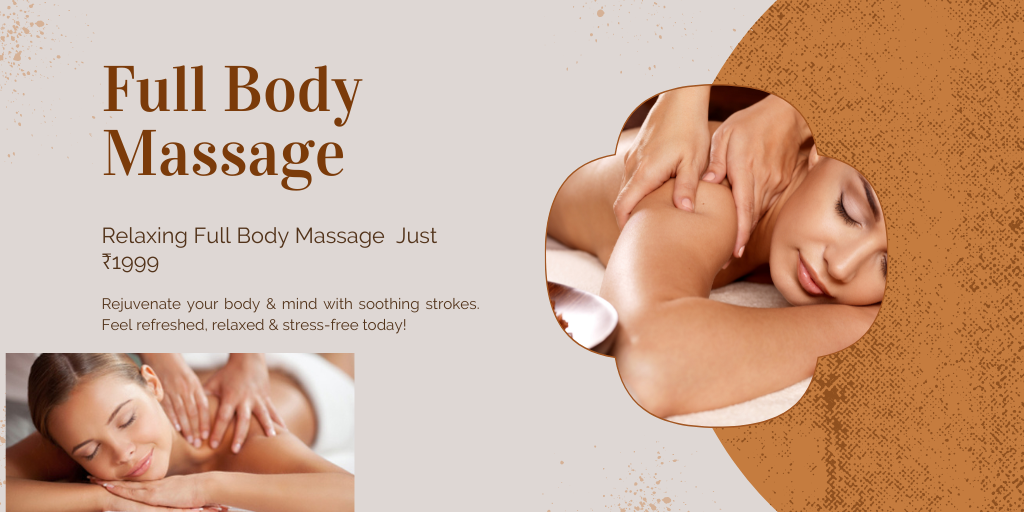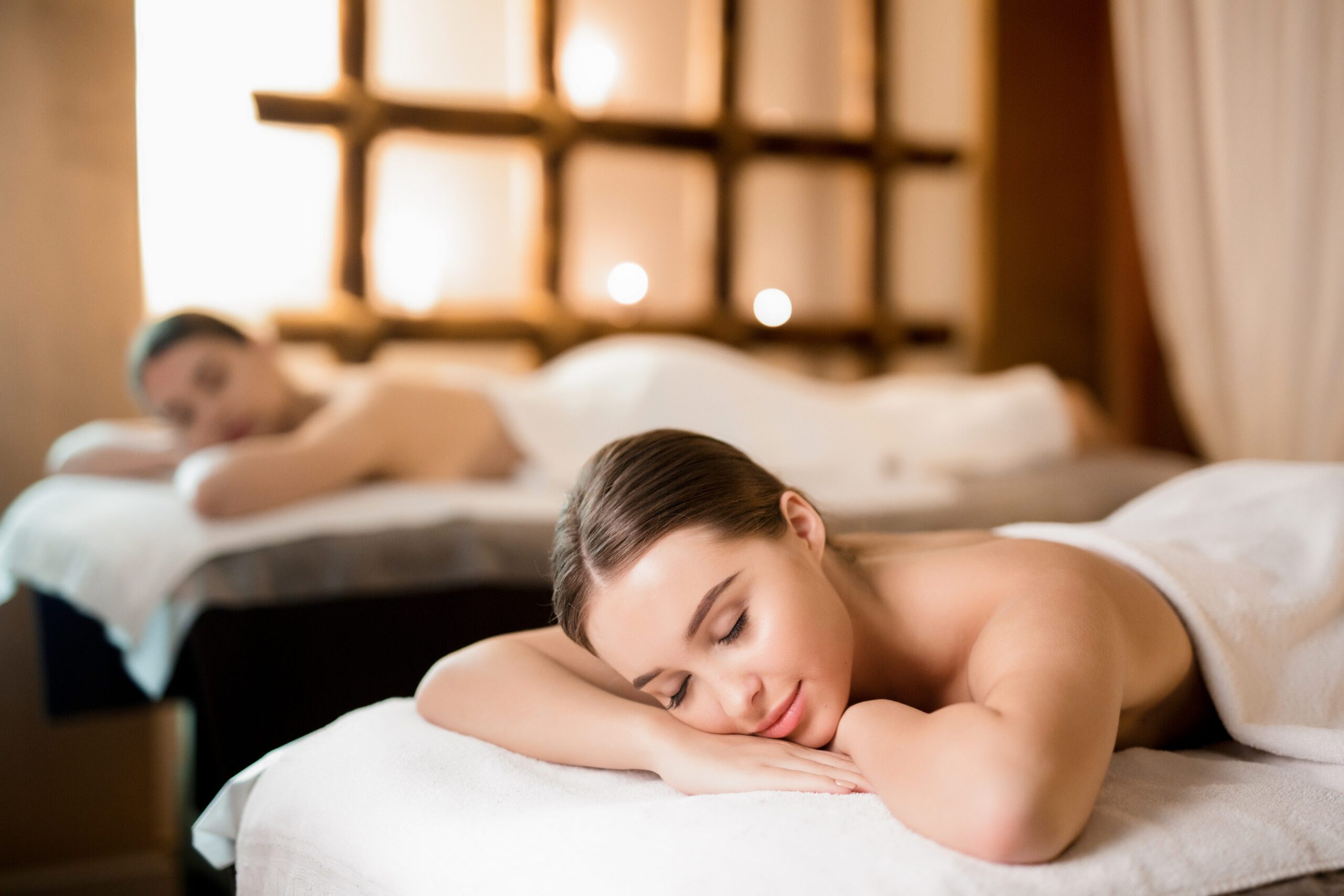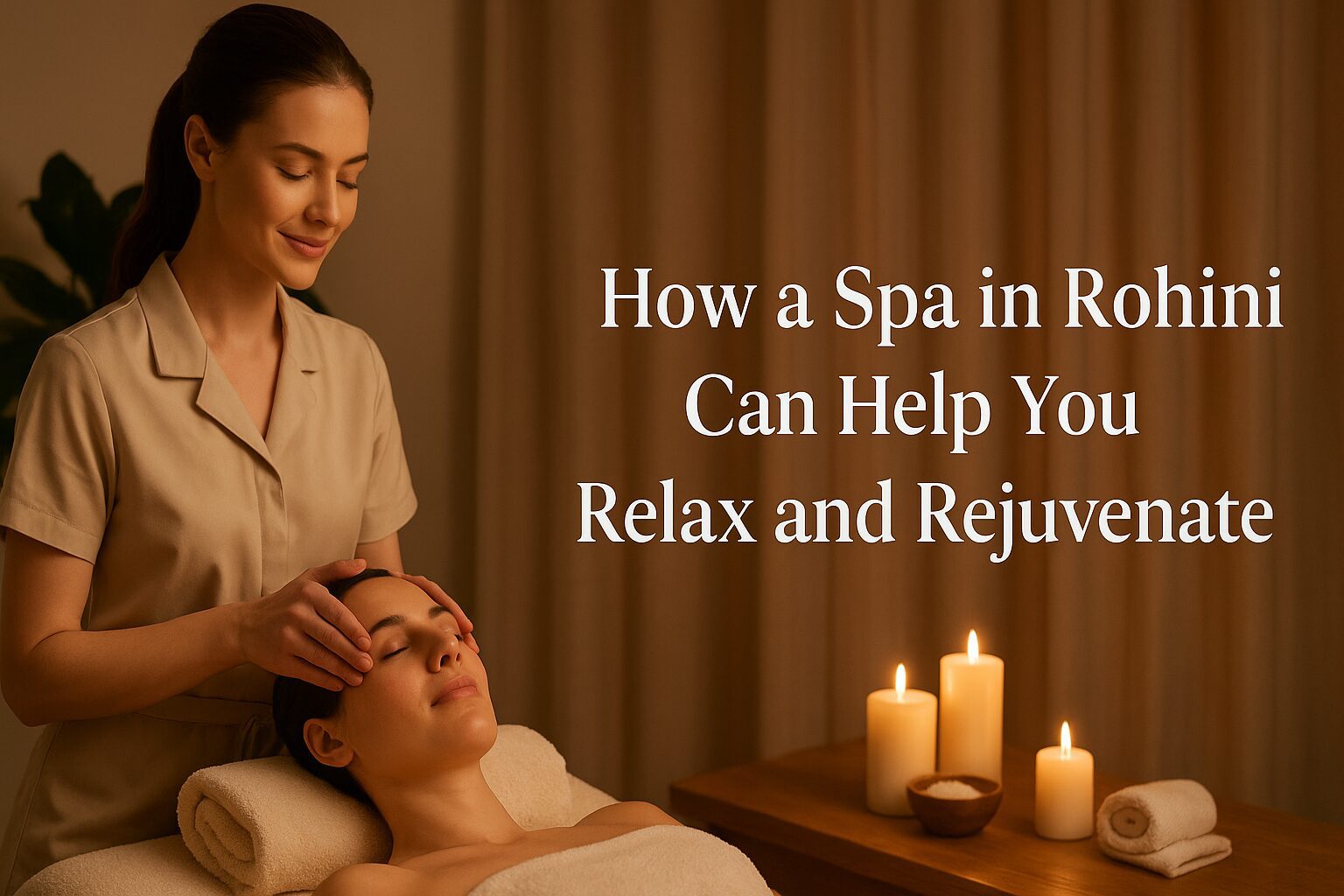A full body massage is more than just a luxury—it’s a therapeutic ritual that promotes total wellness by targeting stress, tension, and physical fatigue. Whether you’re seeking relief from daily stress or simply indulging in some self-care, a full body massage offers countless health and emotional benefits.
In this blog, we explore the complete journey of a full body massage, its physical and mental health benefits, different techniques, and why it’s a must-have service in modern spa therapies. We’ll also answer some frequently asked questions to help you make an informed decision before your next spa appointment.
What is a Full Body Massage?
A full body massage is a therapeutic treatment that works on your entire body, including the back, shoulders, neck, arms, hands, legs, feet, and head. The session usually lasts between 60 to 90 minutes and is designed to relieve stress, improve circulation, loosen tight muscles, and promote total body relaxation.
The therapist uses different massage techniques depending on your body’s needs—this includes long strokes, kneading, tapping, vibration, and sometimes aromatherapy oils to elevate the experience.
Key Benefits of Full Body Massage
Here are the major physical and psychological benefits of a full body massage:
1. Stress Relief and Mental Clarity
Massage therapy reduces the stress hormone cortisol while increasing serotonin and dopamine—making you feel relaxed and mentally clearer after each session.
2. Improved Blood Circulation
By stimulating blood flow, a full body massage helps nourish the skin and muscles, reduce swelling, and increase oxygen supply throughout the body.
3. Muscle Relaxation and Pain Relief
It helps release tension in tight muscles, reduces stiffness, and alleviates pain in areas like the neck, shoulders, and back.
4. Boosted Immunity
Regular massages may improve lymphatic drainage, helping your body naturally fight off illness and improve overall immune response.
5. Better Sleep Quality
Massage helps regulate sleep cycles by promoting relaxation and reducing anxiety—especially helpful for those with insomnia or restlessness.
Popular Types of Full-Body Massage Techniques
Depending on your personal needs and goals, different massage styles can be applied in a full-body massage session:
● Swedish Massage
Best for relaxation and light pressure. Uses long, gentle strokes and kneading.
● Deep Tissue Massage
Targets deeper layers of muscle and connective tissue. Ideal for chronic pain and injuries.
● Aromatherapy Massage
Uses essential oils for additional relaxation benefits, combined with light to medium pressure.
● Thai Massage
A blend of assisted yoga stretches and acupressure—no oils are used. Excellent for flexibility and energy flow.
● Hot Stone Massage
Smooth, heated stones are used to warm up tight muscles, relieve tension, and promote circulation.
How to Prepare for a Full-Body Massage
- Avoid heavy meals at least one hour before your session.
- Hydrate well—massage helps release toxins, so water aids in flushing them out.
- Communicate with your therapist about your comfort level, areas of tension, or any injuries.
- Arrive early to allow time to relax and prepare mentally.
Full Body Massage in Spa Services
At high-end spas and wellness centers, the full body massage is one of the most requested services. Spas often combine massage therapy with steam rooms, saunas, and aromatherapy diffusers to provide a complete relaxation experience. Depending on the spa, you may also get to choose your oil, pressure level, and even background music for a personalized touch.
Spas in metro cities like Delhi, Mumbai, or Bangalore often employ trained therapists skilled in multiple techniques, ensuring every client gets a custom-tailored experience.
For instance, a Massage Spa in Delhi may offer both traditional Ayurvedic massages and international techniques like Balinese or Shiatsu—all under one roof.
When Should You Get a Full-Body Massage?
You don’t need to wait for an injury or a high-stress week to book a massage. Consider scheduling a full-body massage:
- Once a month for general wellness
- After intense workouts or physical activity
- During periods of high stress or emotional burnout
- As part of a self-care routine or spa day experience
Why Choose a Professional Spa for Full Body Massage?
Opting for a licensed spa guarantees you:
- Trained and certified therapists
- Clean and hygienic environment
- High-quality oils and materials
- Proper client consultation
- Personalized and safe treatment plans
Choosing a reputed spa for full body massage also ensures better outcomes for both health and relaxation.
Full Body Massage: A Gateway to Holistic Wellness
Today’s fast-paced lifestyle often leaves little time for self-care, making it all the more crucial to pause and invest in your physical and emotional well-being. A full body massage is not just a relaxing experience—it’s a healing one that nurtures your body and calms your mind.
From boosting circulation to balancing energy flow, the right massage can significantly improve your quality of life. Whether you’re a working professional, an athlete, or just someone in need of a break, a full body massage is a perfect escape.
Frequently Asked Questions (F&Q)
Q1: How long does a full-body massage session usually last?
A: Most full-body massage sessions last between 60 to 90 minutes, depending on the spa and the chosen technique.
Q2: Is a full-body massage safe for everyone?
A: While it is generally safe, people with specific medical conditions (like pregnancy, heart problems, or recent surgeries) should consult their doctor first.
Q3: Do I need to remove all my clothes during the massage?
A: Only to your comfort level. Professional spas provide disposable underwear and ensure full draping for privacy throughout the session.
Q4: How often should I get a full-body massage?
A: Once every 3-4 weeks is ideal for maintaining general health and wellness, but frequency can be adjusted based on individual needs.
Q5: Will I feel sore after a full-body massage?
A: It’s possible to feel mild soreness, especially after a deep tissue massage. This typically fades within 24–48 hours.





